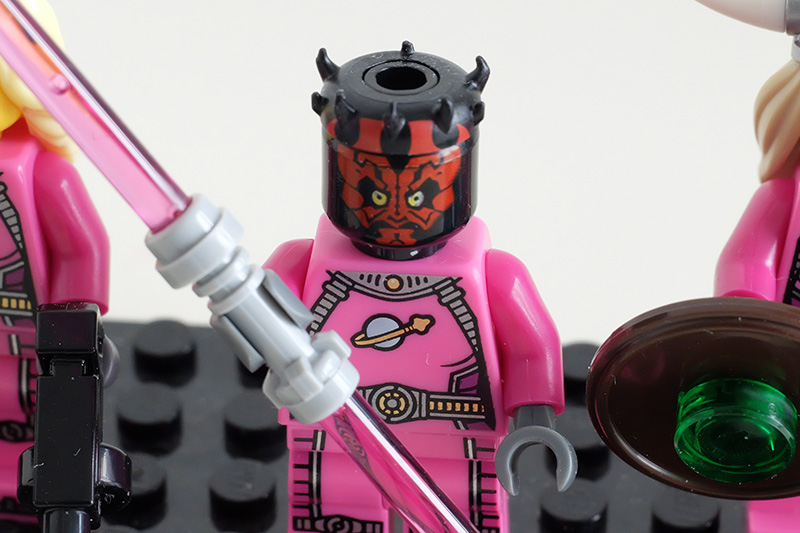- Messages
- 4,567
- Name
- Duncan
- Edit My Images
- No
Not too long ago I lost my Mum. I kept those things that I remember her wearing and this is one of those things. She was an elegant woman, admired by many men and this ring, as I recall, was given to her by my Father when he worked in Saudi Arabia. I've not really dabbled in jewellery photography before but thought I'd try my hand. This was really a multi-experiment of macro with the FujiFilm X30, testing the B&W 10x Diopter Filter and processing a jewellery shot in Photoshop. All in all, I'm fairly happy with the result. I could have probably squeezed a tad more detail using my ex-D300S and 60mm Micro setup but at this size image it's tough to be disappointed with the IQ. Shot at ISO 100, fully manual mode and F10.
The setup was very rudimentary. An iPad in my conservatory provided the reflective back-drop. 3 lights from left, right and above provided the lighting and a U shaped piece of perspex diffused the light.

http://thirtyfivemill.com/ring/
The setup was very rudimentary. An iPad in my conservatory provided the reflective back-drop. 3 lights from left, right and above provided the lighting and a U shaped piece of perspex diffused the light.

http://thirtyfivemill.com/ring/









